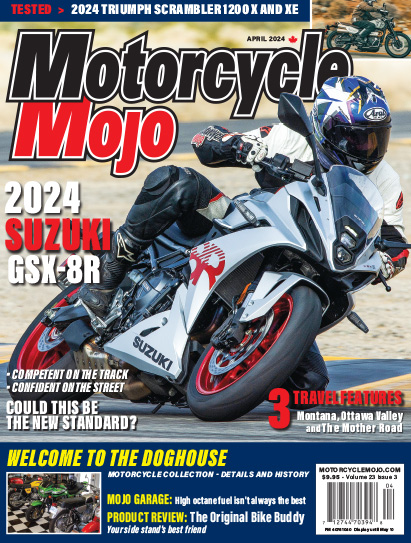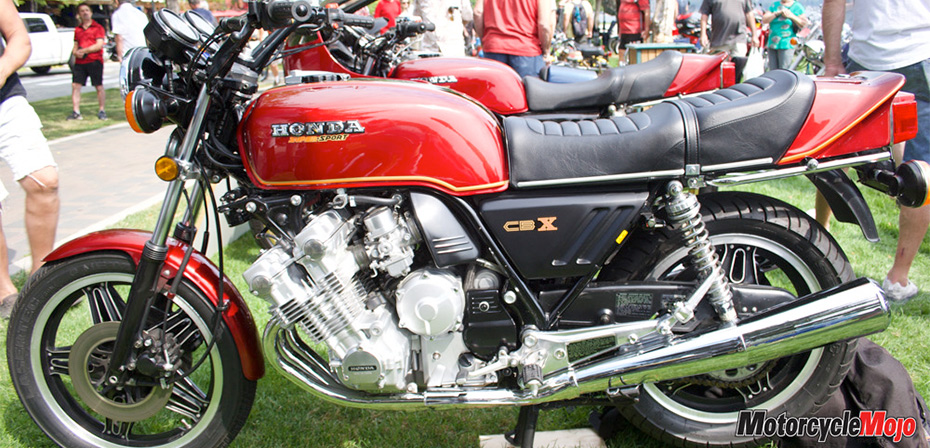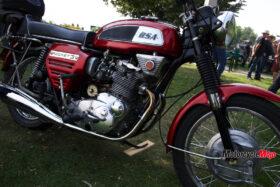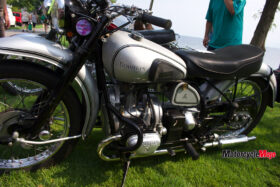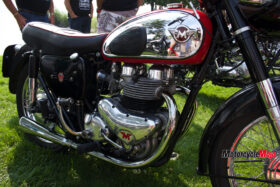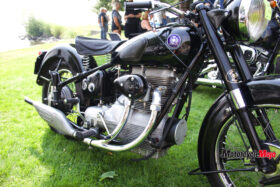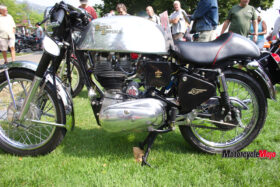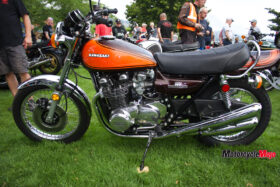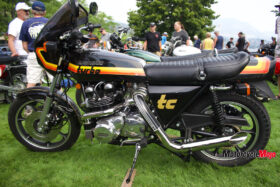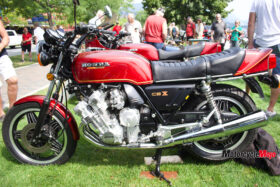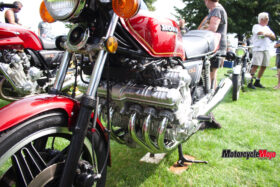Visiting a vintage motorcycle show is good place to learn more about the classics.
To many, a show bike means a motorcycle that was either top-of-the-line fresh off the showroom floor, or a one-of-a-kind custom build. For others, it’s taking the time, money and energy to restore a barn find back to showroom condition.
These days, there are a lot of different ways to get passionate about motorcycles and the vintage or collectable (classic) bike’s popularity is on the rise. These two-wheel enthusiasts love to ride them, keep them, and fix them.
This became quite apparent at a gathering of classic motorcycles that took place in the Central Okanagan’s City of Peachland, where event organizer Boris Fudurich — who has a collection of 26 classic motorcycles — said, “If you’re coming down with a case of the vintage or collectable bug and thinking about purchasing your first old bike, the process can be very daunting.”
“With literally thousands of models to choose from, it’s hard to know where to start,” he added. “So, coming to shows like this and speaking with the classic motorcycle owners serves as an introduction for the uninitiated and is a great way to learn before making that first vintage purchase.”
Getting Started
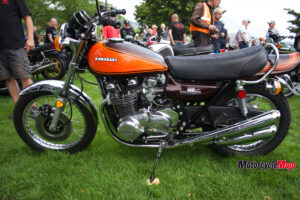 Many of the benefits and drawbacks of classic motorcycles are the same as any other classic vehicles, and mostly revolve around their age. Regardless of market value, classic bikes are simply older bikes. That means they come with old technology, such as carburetors and drum brakes.
Many of the benefits and drawbacks of classic motorcycles are the same as any other classic vehicles, and mostly revolve around their age. Regardless of market value, classic bikes are simply older bikes. That means they come with old technology, such as carburetors and drum brakes.
Even if the bikes were ridden regularly, their internal seals and gaskets will still usually need to be replaced. The same goes for electric systems. Lastly, these bikes don’t have as many bells and whistles – like ABS and, sometimes, fuel gauges – as modern ones do.
However, the older technology and simplicity can also be a bonus. Instead of hydraulic lines, classic bikes’ brakes are usually mechanical, making them easier to repair in case of failure. The same thing goes for carburetors; synchronizing them can be tricky, but they’re cheaper and simpler to fix than modern fuel injection systems. A lot of older bikes are also air-cooled, which means they don’t have liquid cooling systems to contend with.
Working on a classic bike is also a great way to develop your home mechanic skills because of their simplicity. There is a great feeling of accomplishment riding a bike that you know inside and out, and can fix on the side of the road with simple tools.
In general, classic bikes go slower, stop slower and are maybe less reliable than their modern counterparts. That’s why a classic motorcycle often makes a great second bike, one you can ride when the mood and timing are right. However, many bikes are still used as daily commuters…







